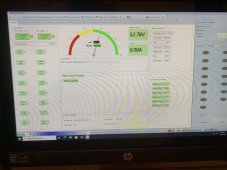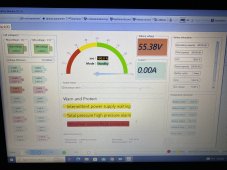Steve_Rutland
New Member
- Joined
- Dec 4, 2022
- Messages
- 28
Thought I'd check on the system today and noticed that although the battery seems be charging ok from the PV, it's not charging at night (E7) and not really discharging during the evening. Looked back though the inverter history and it seems to have started this weird behaviour a couple of days ago. There are no faults logged on either the BMS or the Luxpower. Any ideas guys?




